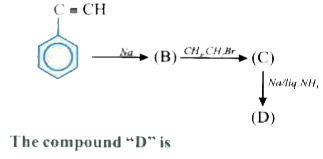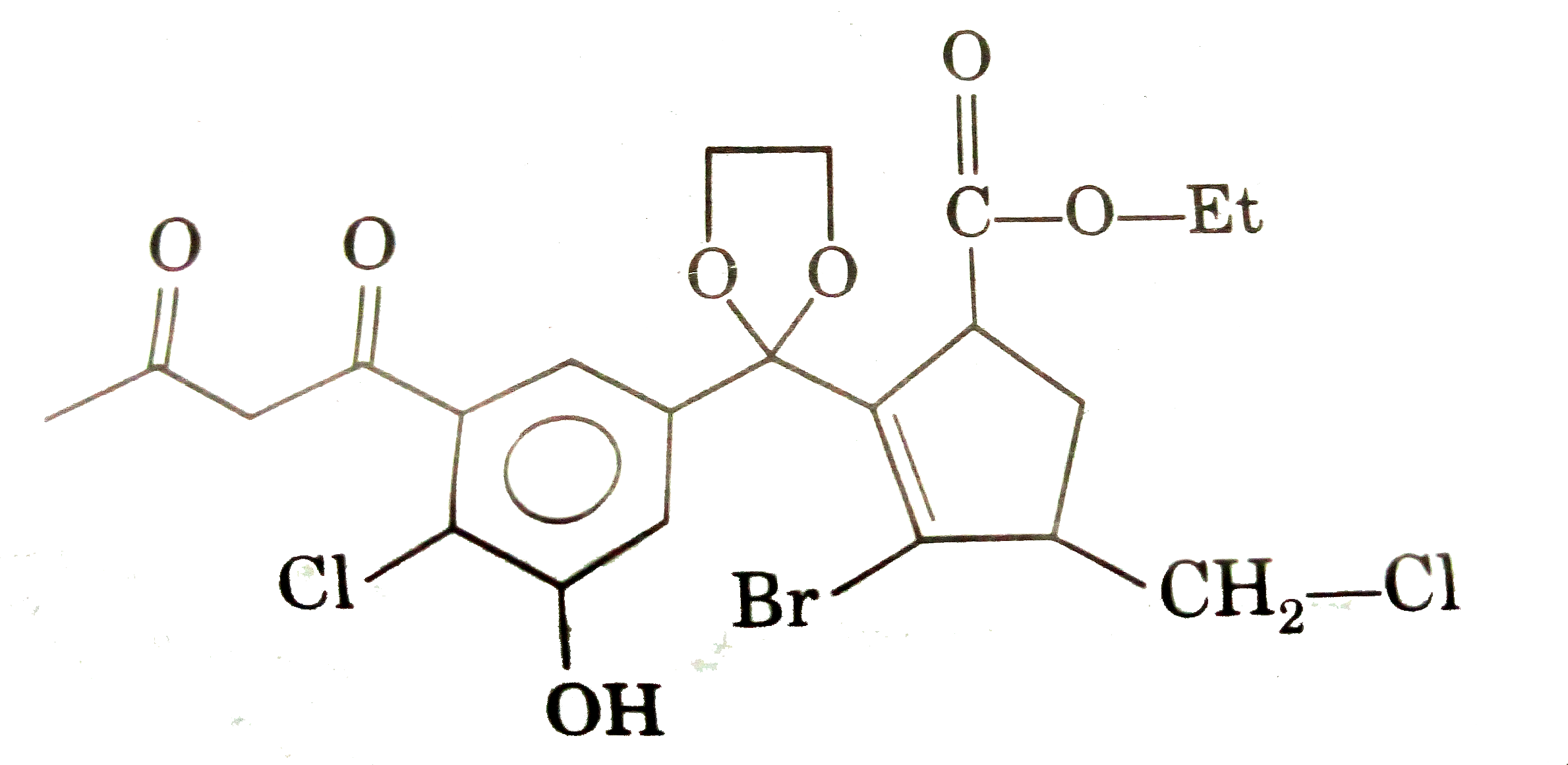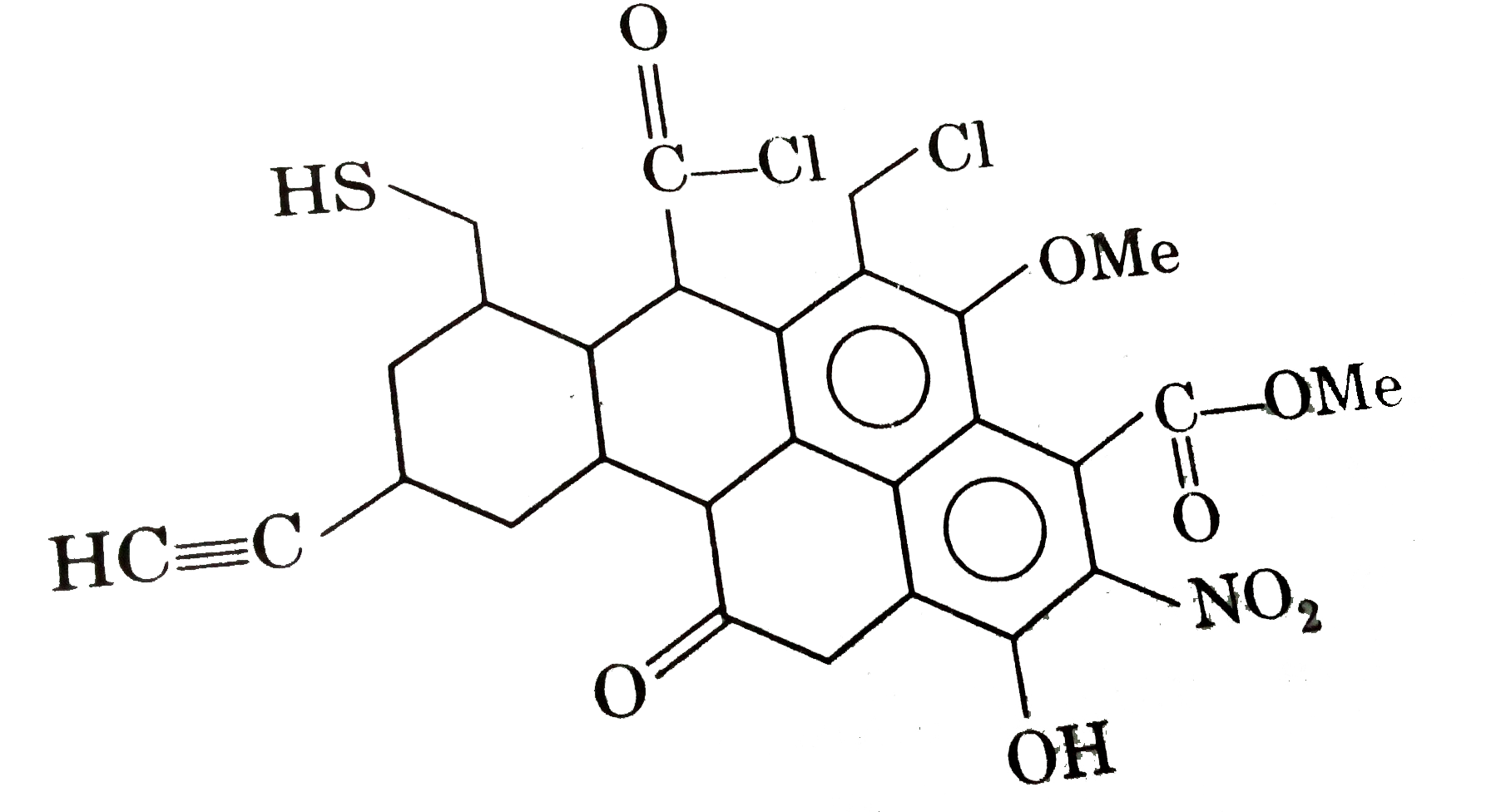An organic compound consumes 4 moles of periodic acid to form following compounds per mole of the starting compound:
HCHO, 3HCOOH and CHOCOOH.
The organic compound is
A
glucose
B
fructose
C
gluconic acid
D
sorbitol.
Text Solution
The correct Answer is:C
|
Topper's Solved these Questions
- BIOMOLECULESBOOK - MTG GUIDECHAPTER - BIOMOLECULESEXERCISE - AIPMT/NEET (MCQS)
19 Videos
- BIOMOLECULESBOOK - MTG GUIDECHAPTER - BIOMOLECULESEXERCISE - HORMONES AND VITAMINS
25 Videos
- ALDEHYDES, KETONES AND CARBOXYLIC ACIDS BOOK - MTG GUIDECHAPTER - ALDEHYDES, KETONES AND CARBOXYLIC ACIDS EXERCISE - AIPMT/NEET
31 Videos
- CHEMICAL KINETICSBOOK - MTG GUIDECHAPTER - CHEMICAL KINETICSEXERCISE - AIPMT/NEET (MCQs)
22 Videos
Similar Questions
Knowledge Check
An organic compound consumes 4 moles of periodic acid to from following compounds per mole of the starting compound HCHO, 3HCOOH andCHOCOOH. The organic compound is
AglucoseBFructose is reducing sugarCgluconic acidDsorbitolOrganic compounds can be formed by
APlants onlyBAnimals onlyCPlants and AnimalsDPlants, animal and can be synthesized in laboratoryAn organic compound

The compound ''D'' isA B
B C
C DPh−c≡c−CH2−CH3
DPh−c≡c−CH2−CH3
Acid hydrolysis of which of the following compounds yields two different organic compounds?
View SolutionOne mole of an organic compound is found to require only 0.5mol of oxygen to produce an acid. Which class of compounds does the starting material belong to ?
View SolutionAcid hydrolysis of which of the following compounds yields two different organic compounds?
View SolutionWhich of the following forms a criterion of purity of organic compound ?
View SolutionWhich of the following organic compounds are formed by Wurtz reaction?
View Solution


